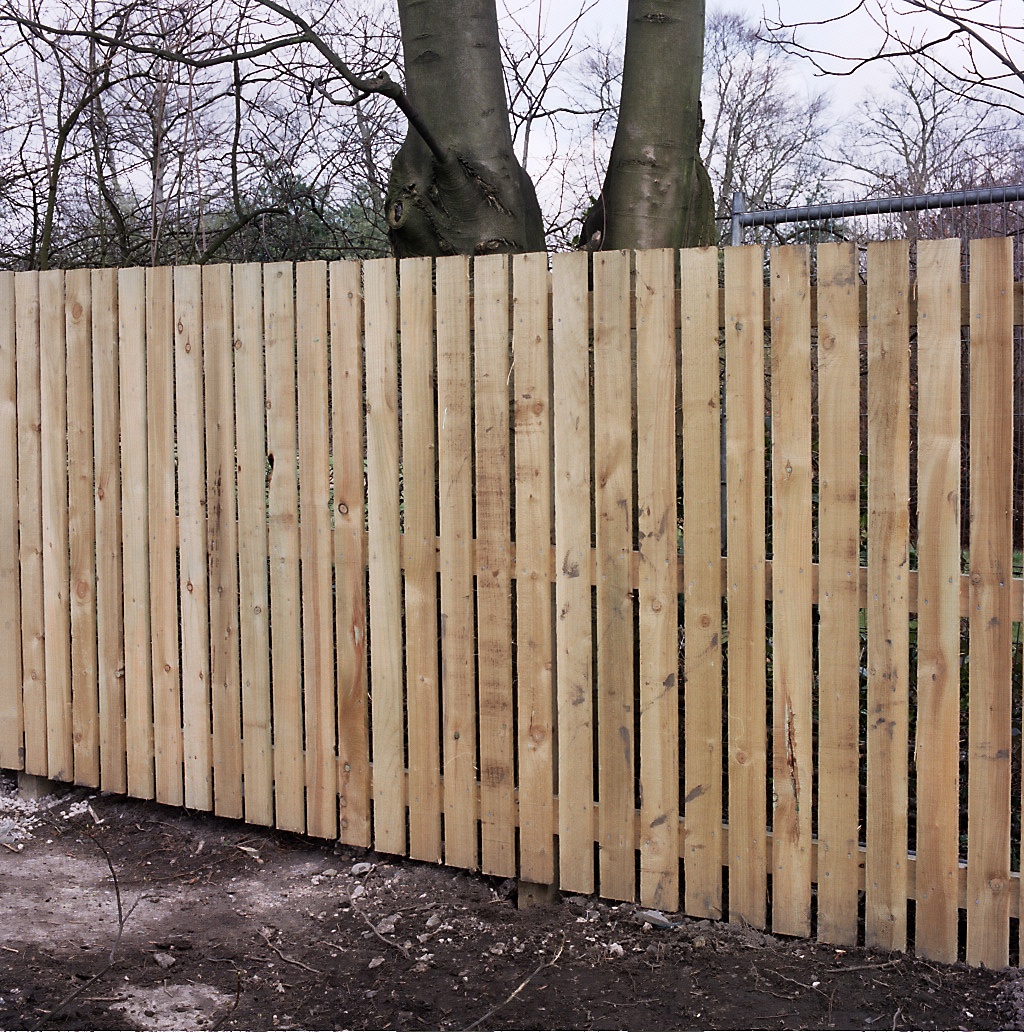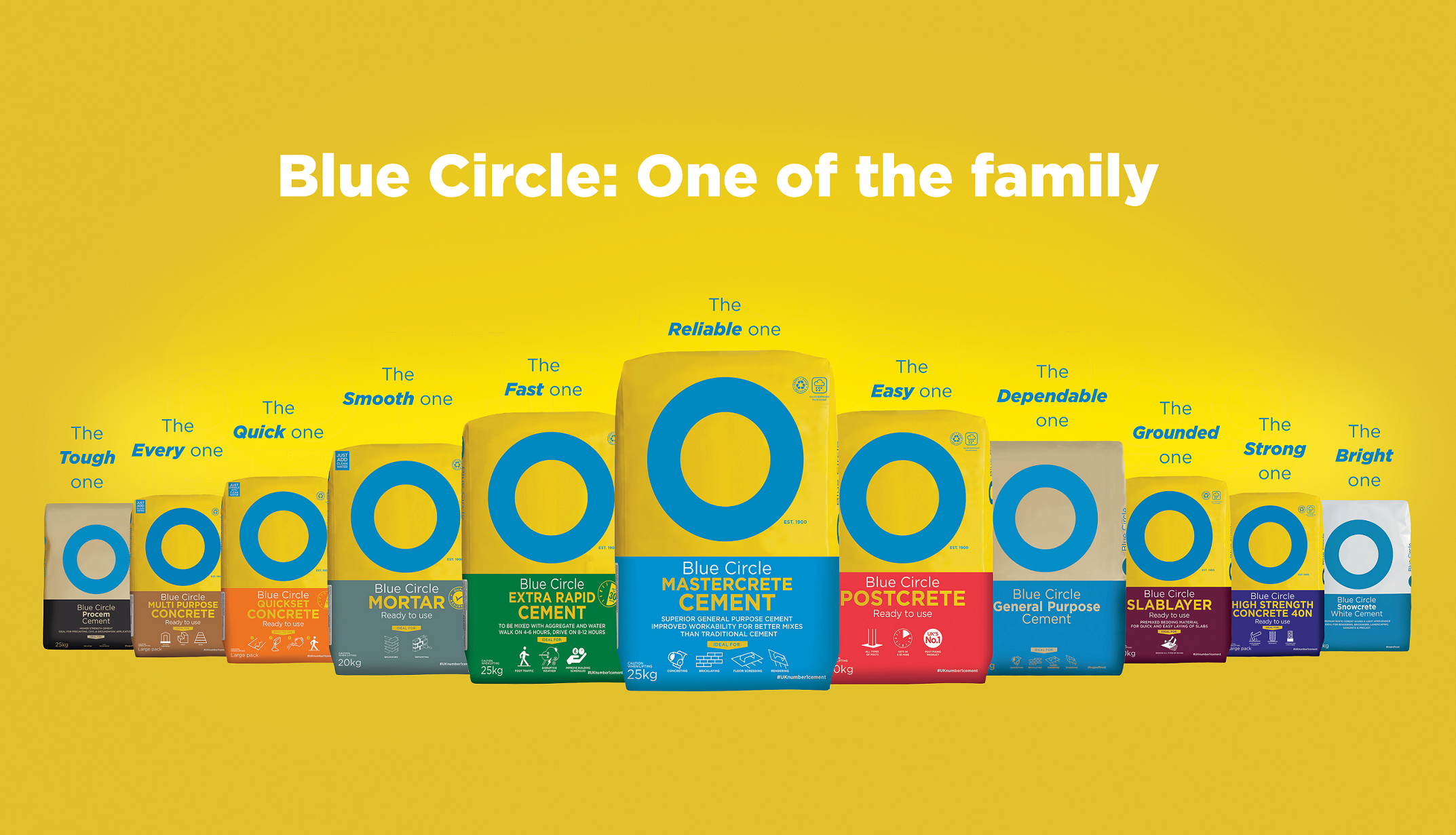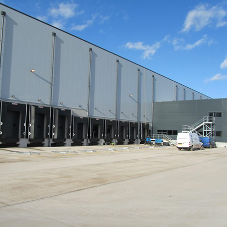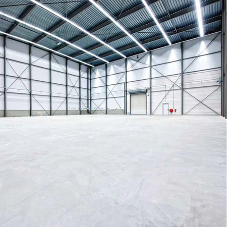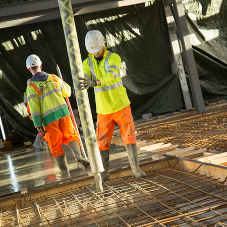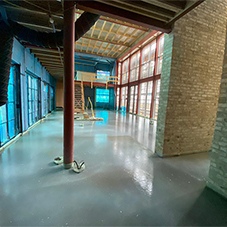The colder months have officially arrived, and winter is rapidly approaching. The cold can create a wide array of issues but, with the right planning, these need not disrupt your project. Good organisation can help you avoid unnecessary problems such as frost damaged equipment, cracked concrete and wasted product.
To combat the negative impact that freezing temperatures can have on your build, here are four key pieces of advice from Garry Gregory, Packed Products Director at Tarmac.
Cement in chilly conditions
Temperature plays a large role in the usability and strength of concrete. For instance, if newly placed concrete falls below zero degrees prior to developing enough strength, the water in the mix will freeze and expand. The result? Cracking, scaling, and crumbling of the concrete.
Of course, the best advice would be to wait for temperatures above five degrees before doing these jobs. However, this isn’t always an option during the winter months when there is a risk of frost so it’s imperative that mortar is protected by an insulation quilt sandwiched between two sheets of polythene sheeting. It’s important to keep the mix above five degrees for 48 hours after the concrete has been placed to ensure adequate heat for normal cement hydration. Remember to check your equipment for frost and keep it well away from your project to avoid your hard work being ruined.
Trusted tools
We all know that a good, sturdy tool can make or break a project, so it’s essential to take good care of your tools during the winter. To keep them in tip top condition, make sure they are cleaned, lubricated and sharpened regularly. Not only will this keep your tools in perfect working order, but it will also save you having to buy new equipment and prevent the annoying job of chipping away at hardened dirt or mortar and removing rust come spring.
Product features that matter
When working during the winter, the quality of your concrete matters more than ever. Go for a good quality product and one that’s air entrained as it will have far greater frost resistance.
Additionally, packaging is important during the colder months. The cement can spoil quickly when left outside due to rainwater contamination and damage. To prevent this, choose a concrete that comes in a tub or tear and weather resistant packaging. This advice may seem simple but can save a lot of cost and frustration down the line.
Combatting the elements
Cold weather itself is enough to hinder a project but winter brings with it a multitude of other challenges such as rain, wind and snow so it’s crucial these are factored in when preparing to work in winter.
Harsh winds can cause dramatic temperature drops, as well as premature drying of cement which can completely ruin a project. Having windbreakers at the ready will provide the perfect remedy.
Protection from wet weather is also essential. Mortar should be kept moist for 36 hours to allow it to fully cure. However, too much moisture caused by a heavy downpour could weaken the surface and cause serious problems in the future. Avoid this with a water-resistant tarp or plastic sheeting to slow the curing process and help form a strong bond.
For further information on Tarmac Blue Circle, please visit https://tarmac-bluecircle.co.uk/
Working in winter
Products by this Company


